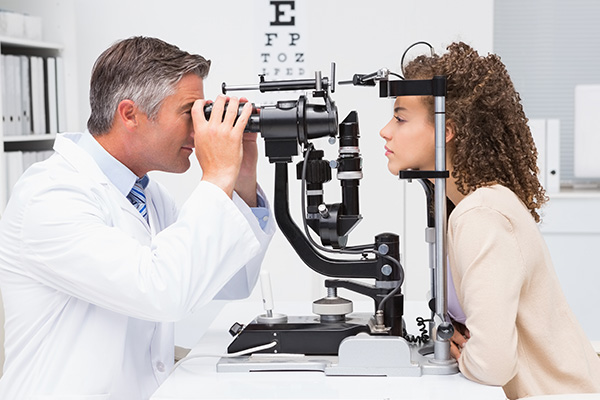Corneal cross-linking New York is just one of the many treatments an optometrist may recommend for certain eye conditions. Optometrists are healthcare professionals trained to diagnose and treat a variety of eye conditions and diseases. They play a crucial role in maintaining the health of our eyes, from routine vision exams to emergency eye care. In this article, we will discuss some common eye conditions and how an optometrist can help.
Myopia
Myopia, also known as nearsightedness, is a common refractive error where distant objects appear blurry. It occurs when the eyeball is too long or the cornea is too curved, causing light to focus in front of the retina rather than on it. An optometrist can diagnose myopia through a comprehensive eye exam and prescribe corrective lenses, such as glasses or contact lenses, to improve vision. They may also recommend orthokeratology, a non-surgical treatment that uses specialized contact lenses to temporarily reshape the cornea and reduce myopia progression in children.
Hyperopia
Hyperopia, also known as farsightedness, is a refractive error where close objects appear blurry. It occurs when the eyeball is too short or the cornea is too flat, causing light to focus behind the retina rather than on it. An optometrist can diagnose hyperopia through a comprehensive eye exam and prescribe corrective lenses to improve vision. In some cases, they may recommend vision therapy to strengthen eye muscles and improve focusing abilities.
Astigmatism
Astigmatism is a common refractive error where the cornea or lens is irregularly shaped, causing blurry or distorted vision at all distances. It often occurs in combination with myopia or hyperopia. An optometrist can diagnose astigmatism through a comprehensive eye exam and prescribe corrective lenses, such as glasses or contact lenses, to improve vision. They may also recommend orthokeratology or vision therapy to reduce the severity of astigmatism.
Dry Eye Syndrome
Dry eye syndrome is a common condition where the eyes do not produce enough tears or the tears evaporate too quickly, causing discomfort, redness, and sensitivity to light. An optometrist can diagnose dry eye syndrome through a comprehensive eye exam and recommend various treatments, such as artificial tears, prescription eye drops, and punctal plugs, to improve tear production and reduce symptoms.
Glaucoma
Glaucoma is a group of eye diseases that damage the optic nerve and can lead to vision loss if left untreated. It often occurs without symptoms and can go unnoticed until significant vision loss has occurred. An optometrist can diagnose glaucoma through a comprehensive eye exam and recommend various treatments, such as prescription eye drops, laser surgery, or traditional surgery, to lower intraocular pressure and prevent further damage to the optic nerve.
Cataracts
Cataracts are a common condition where the lens in the eye becomes cloudy, causing blurry or distorted vision. They often occur with age and can be treated with surgery to remove the cloudy lens and replace it with an artificial one. An optometrist can diagnose cataracts through a comprehensive eye exam and refer the patient to an ophthalmologist for surgical treatment.
Conclusion
Optometrists play a crucial role in maintaining the health of our eyes and treating a variety of eye conditions and diseases. From diagnosing refractive errors to managing chronic eye conditions, they are trained to provide comprehensive eye care to patients of all ages. If you are experiencing any symptoms related to your eyes, be sure to schedule an appointment with an optometrist for a comprehensive eye exam.







